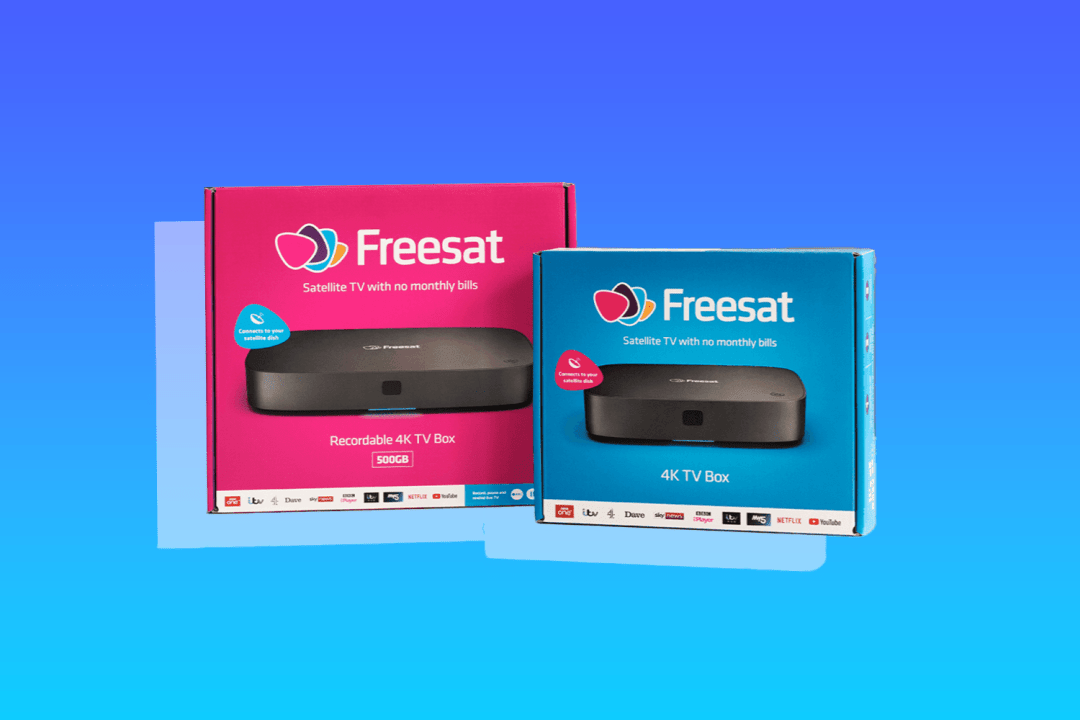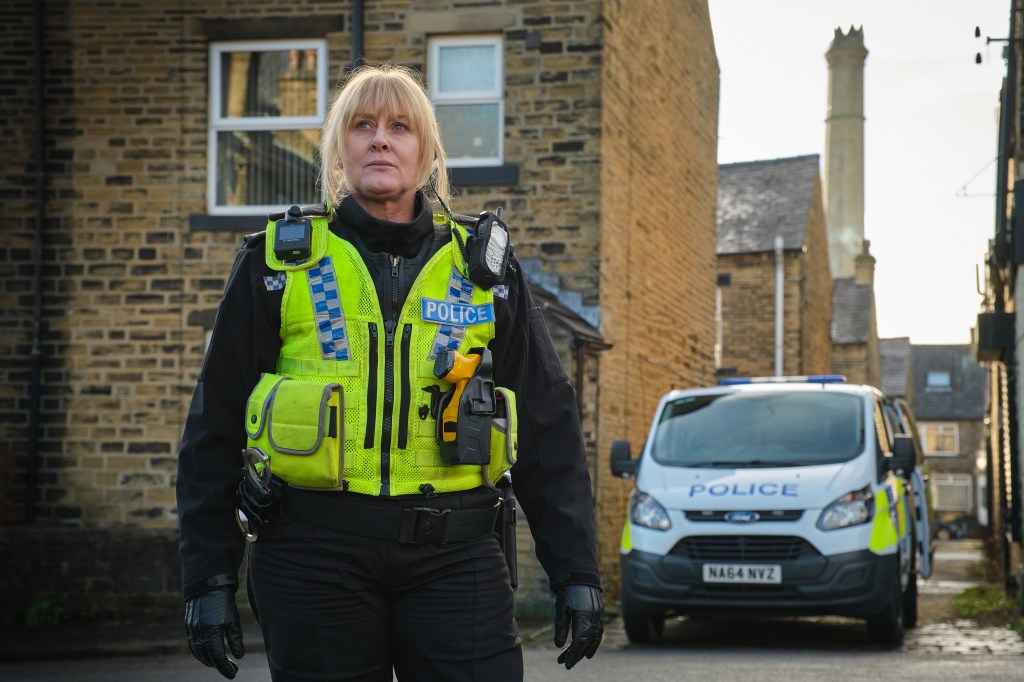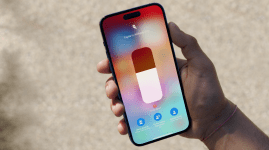What is Freesat? The satellite TV service explained
Satellite TV without a subscription

The name Freesat tells you everything you need to know. It’s free, and you only get it on a Saturday. No, that’s not right. It’s free, and it uses a satellite dish. That’s better.
Freesat is an alternative to Freeview that delivers its TV channels via a satellite broadcast rather than down your aerial, but there’s plenty that will be familiar. Freesat was founded in 2007 as a joint venture between the BBC and ITV, and is now owned by a consortium of its original owners plus Channel 4 and Channel 5. This means you’ll find a lot of the channels you’d expect from Freeview on Freesat, and while the two are largely comparable, there are small differences in what you’ll find on their respective EPGs.
What do I need to watch Freesat?
You don’t need a separate decoder box to watch Freesat, as long as your TV has a built-in satellite input. If you do need a box, then there’s a decent range available, with features such as dual inputs, internet connectivity, and hard drives for recording programmes. You do, however, need a satellite dish, so Freesat is perfect for those switching away from Sky TV. It’s worth noting that, if you’ve had Sky Q, you will need to switch out the LNB – the bit of your satellite dish on the end of the arm – for a universal one, as Sky Q’s wideband LNB won’t generate a signal that a Freesat receiver can understand. Luckily, this is a simple process an installer can do in a few minutes, or you can even do yourself if you’re feeling confident and can access the dish safely.
Freesat makes its own boxes, with 4K output and optional hard drives, and with most boxes you can scroll backwards on the EPG to catch up on things you’ve missed via the box’s internet connection. Some feature streaming apps too, and many have a USB port on the side you can use to watch home movies from a flash drive, but there’s no single standard for the boxes, so make sure you know exactly what you’re getting before you buy. Boxes are available from manufacturers such as Humax, Manhattan, Bush and Sagemcom, as well as the Freesat-branded ones.
What can I watch on Freesat?

There are over 170 TV channels to watch on Freesat, mostly in SD but with 20 in HD, and some that broadcast in surround sound if your box and speakers support it. There are all the main channels, plus things like CBS Reality, Dave, CNBC News, Kerrang, and the Smithsonian Channel, plus digital radio stations.
All you need to watch them is a TV with a satellite connection, or an HDMI port into which you can plug your external decoder box. You can recognise a satellite dish cable because it’s one of the few that attach to the back of your TV or box with a screw thread, and they tend to come in pairs, though if you’re connecting to the back of the TV you’ll only need one. The second feed is for the boxes’ ability to record two channels at once, or record one while you watch another.
How much will it cost?
If you need to have a dish put up, you’ll need to speak to a local tradesman who can get it aligned and wired in properly. Then you’ll need a box, and the 4K, internet-connected boxes from Freesat start at £146.
You might want to jump up to the £230 one with a 500GB hard drive, as the cheapest box can’t record. Top of the range is the £300 2TB hard drive-equipped box, but other boxes are available from online retailers. The basic channel package is free, though you can supplement it with subscriptions to streaming apps such as Netflix that run on the box.
It’s a simple system to set up if you’ve got the dish already, and its lack of subscription fees for the basic package mean it might be all the broadcast TV you need.


